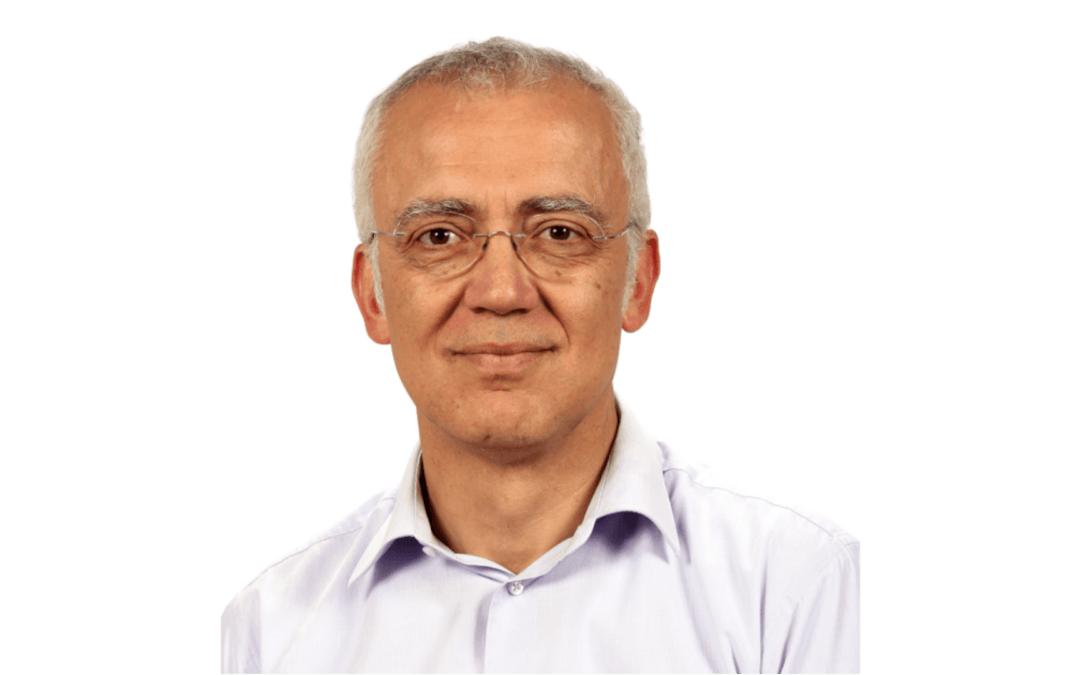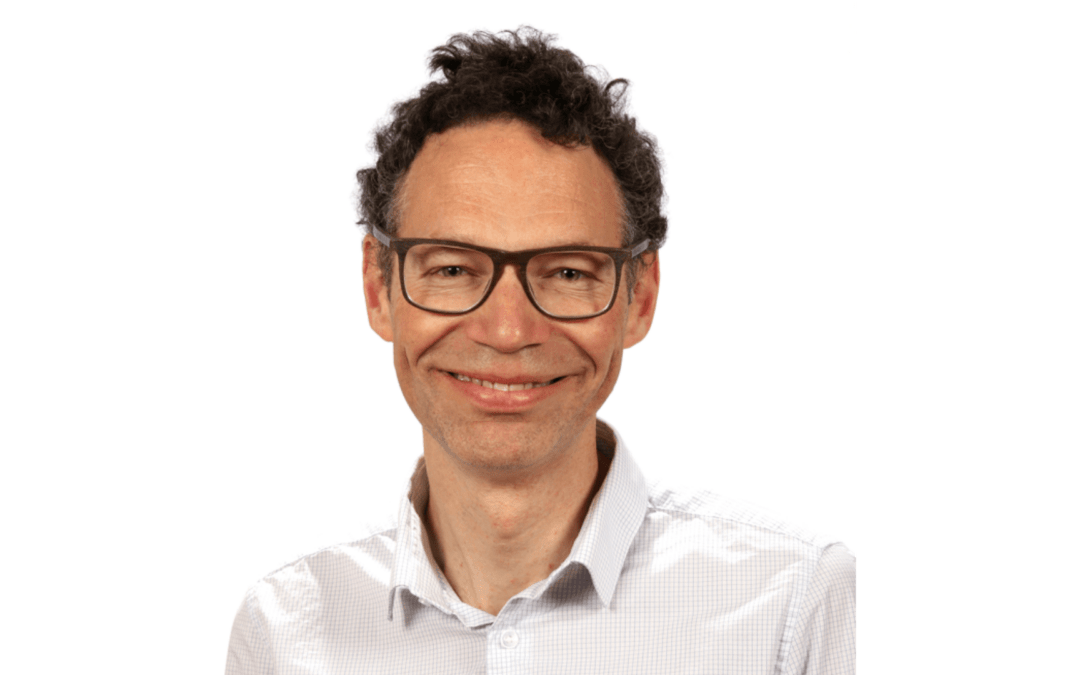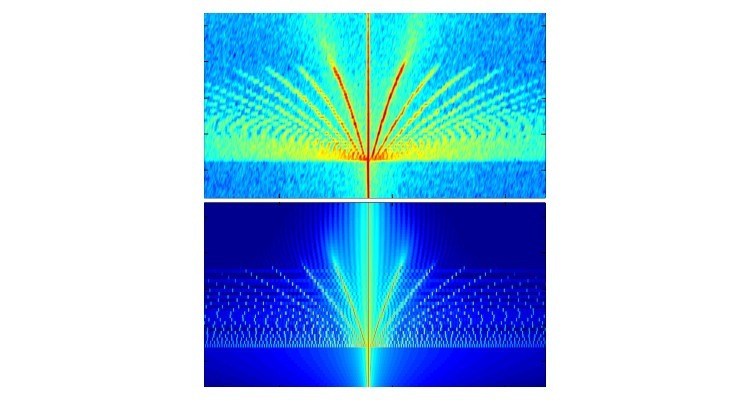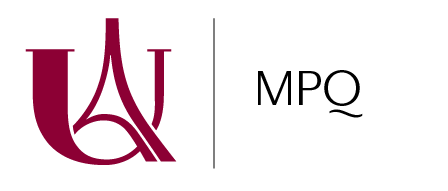The optical realization of a quantum computer, secure quantum communications and imaging requires fast and reliable generation of single photons and their quantum superpositions. Future quantum optical sources should be small as they will need to be integrated into future photonics devices so that they fit ‘on-chip’.

Une métasurface de quelques dizaines de micromètres carrés, constituée de méta-atomes de ce type, peut générer et façonner un grand nombre d’états de lumière quantique.
When an intense light impinges onto a nonlinear material, high energy photons can split into two. This interaction divides their energy, leaving a pair of lower energy photons which are entangled. The first demonstration of a nanoscale light source of entangled two-photon states was realized by a multinational team involving the DON group at laboratory MPQ.
These nanometric material structures are optical nanoantennas that strongly interact with light. Optical nano-antennas have already shown a great ability to manipulate photons efficiently, but their potential for production of multi-photon quantum states had remained unexplored.
In the framework of a multinational collaboration involving researchers in the UK, Australia, France, Italy and China, the group of Giuseppe Leo, with first author Giuseppe Marino, postdoctoral fellow in the DON team, has experimentally demonstrated the nanoscale generation of two-photon quantum states enhanced by the nanoscale semiconductor antenna. It is also easy to achieve the desired spectral response by changing the nano-antenna shape and geometry.
When excited by a laser, the nano-antenna generates pairs of photons at a much higher rate than usual methods. The research “Spontaneous photon-pair generation from a dielectric nanoantenna” is published in Optica.
These experiments pave the way to the development of nanoscale structures to generate multi-photon quantum states. Future applications include secure telecommunications and quantum imaging.
Contact:
Giuseppe Leo (giuseppe.leo@univ-paris-diderot.fr)
Reference:
Spontaneous photon-pair generation from a dielectric nanoantenna, G. Marino, A.S. Solntsev, L. Xu, V.F. Gili, L. Carletti, A.N. Poddubny, M. Rahmani, D.A. Smirnova, H.Chen, A. Lemaître, G. Zhang, A.V. Zayats, C. De Angelis, G. Leo, A.A. Sukhorukov, and D.N. Neshev, Optica 6, 1416 (2019)
À lire aussi

Unravelling the nonlinear generation of designer vortices with dielectric metasurfaces
Researchers from the DON team have demonstrated and analyzed the generation of high-purity second-harmonic vortices with dielectric metasurfaces. These results are published in Light: Science and Applications. Vortex beams are currently drawing a great deal of...

Giuseppe Leo elected IUF Senior Member
Giuseppe Leo, Professor at Université Paris Cité and head of the DON team at MPQ laboratory, has been elected Senior Member of the Institut Universitaire de France (IUF), with the title of Fundamental Chair. The role of the Institut Universitaire de France is to...

Aloyse Degiron is awarded an ERC Proof of Concept grant
Aloyse Degiron, CNRS senior researcher at the MPQ laboratory, has just been awarded an ERC Proof of Concept grant. Aloyse Degiron A Metamaterial-based technology to create Electricity from Light (AMELI) The ERC POC AMELI aims to convert light into electricity using...

A light-controlled mechanical frequency comb
Through optomechanical experiments in a semiconductor micro-resonator, researchers from the DON team of the MPQ laboratory, in collaboration with the Center for Nanoscience and Nanotechnology, have shown that a coupling between different forms of energy can give rise...
